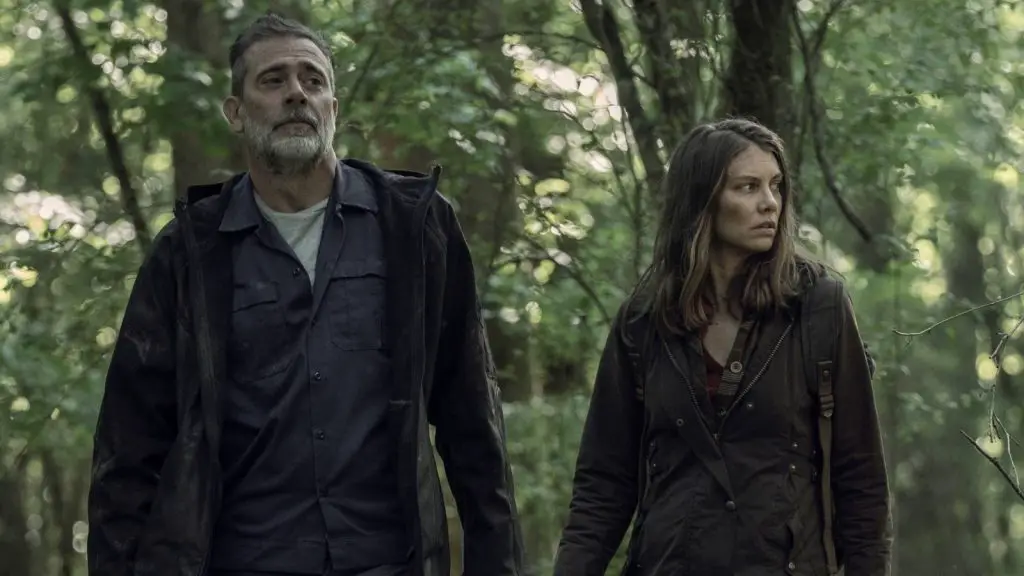Six weeks ago, the airwaves buzzed with anticipation as “The Walking Dead: Dead City” made its debut. Viewers and critics alike sat up, as it looked like a renaissance for a previously dwindling franchise. Gone were the clichéd story arcs and lackluster visuals. Instead, Dead City came forth, focusing on depth of character and a journey with a discernible destination. Notably, Maggie (Lauren Cohan) took center stage as she allied with her husband’s murderer, Negan (Jeffrey Dean Morgan). Their mission? To rescue her son, Hershel (Logan Kim) from the clutches of Negan’s old confidant, the ominous villain, the Croat, played by Željko Ivanek.
The initial episodes of Dead City masterfully portrayed the complicated alliance between Maggie and Negan. They also set up the Croat to be one of the franchise’s most formidable adversaries. But, as the storyline unfolded, the narrative began to deviate. Suddenly, instead of staying true to its premise, Dead City started emulating its predecessor’s long-winded plots.
The Disappointing Face-Off Between Maggie and Negan
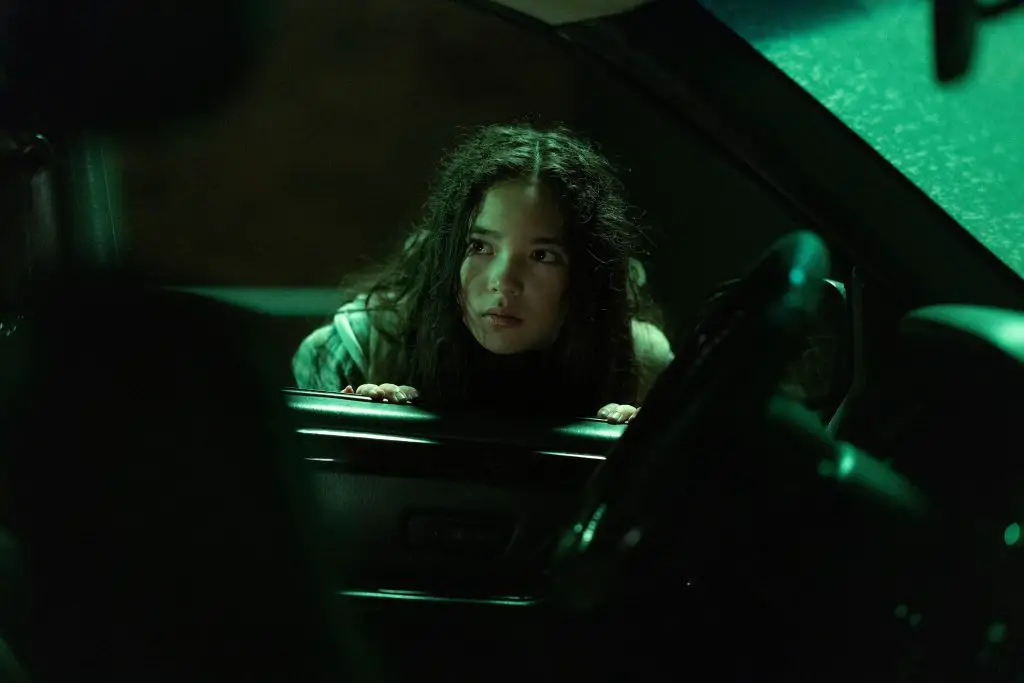
The climax of Dead City, at least in Season 1, was supposed to revolve around the reunion of Maggie and Negan. The previous episodes painted a canvas where this reunion was the most-awaited event. However, the execution left much to be desired.
In the midst of the finale, the duo met, and the fallout that followed was rather tame, given the history between the characters. We witnessed Negan’s evolution as he refrained from violence, highlighting his character’s growth. Meanwhile, Maggie’s intense desire for revenge for her late husband’s demise took center stage. But, this emotional rollercoaster felt short-lived, especially when juxtaposed with earlier episodes that boasted of higher stakes.
The Croat’s unexpected intrusion further sidelined the duo. Instead of focusing on the complex relationship between Maggie and Negan, the series shifted its attention to laying the groundwork for Dead City’s upcoming season. The original Walking Dead was notorious for dragging storylines, and it seems Dead City might be following suit.
The Croat’s Untimely Demise
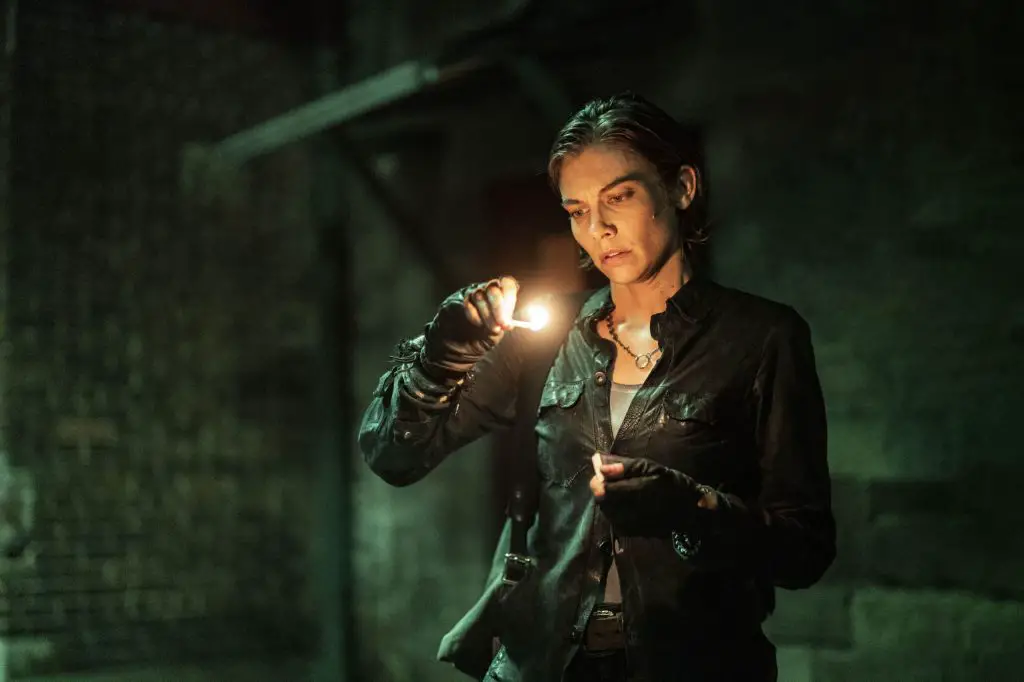
The Croat, with his unpredictable antics, had the potential to be Dead City’s crowning jewel. His dark history with Negan made him a formidable foe, especially given Negan’s knowledge of the danger that Hershel was in. But the finale made an unexpected move.
Enter the Dama, portrayed by Lisa Emery. While her intentions to unite New York’s communities are intriguing, her character, as of now, mirrors the typical villains from The Walking Dead series. The Croat, with his established connection to Negan, had been set up as a significant threat. But he was swiftly sidelined, making way for the Dama. It seems Dead City sacrificed an intriguing new character for another staple villain.
The Enigma That Was Perlie Armstrong
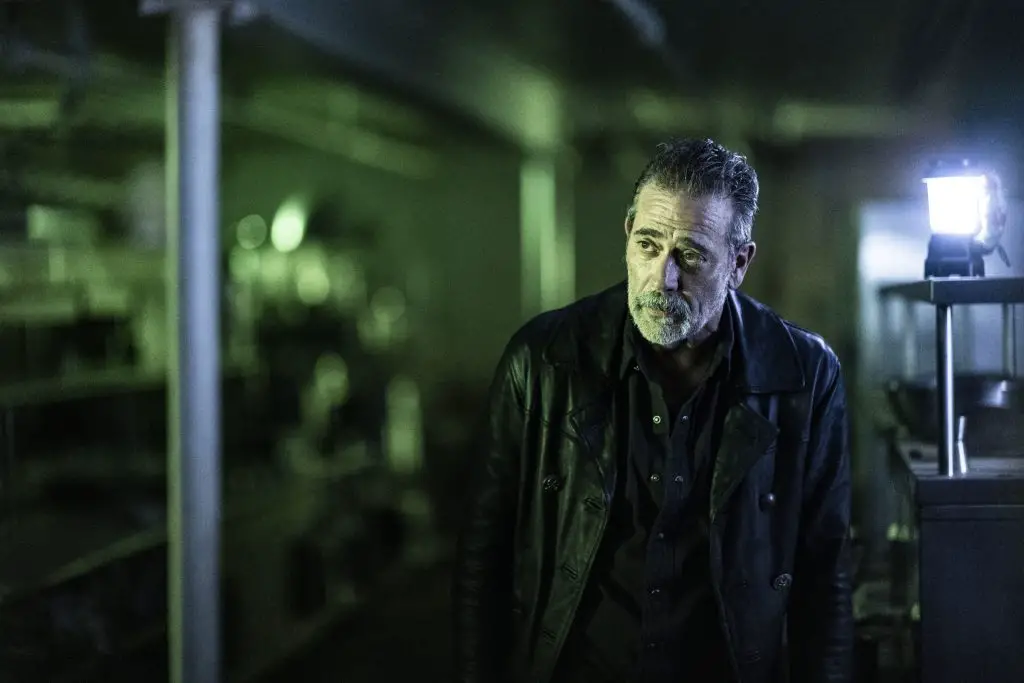
When Gaius Charles entered the scene as Marshall Perlie Armstrong of the New Babylon Federation, he presented himself as a potent threat. However, as Dead City evolved, Armstrong’s significance waned. The story seemed to be at its peak when focusing on Maggie and Negan. Characters like Armstrong, Tomasso (Jonathan Higginbotham), and Amaia (Karina Ortiz) felt more like fillers. While Armstrong survived the first season, his role remained ambiguous. Was he merely an aid for Ginny (Mahina Napoleon) in her escape from New York, or is there more to his story?
In Conclusion
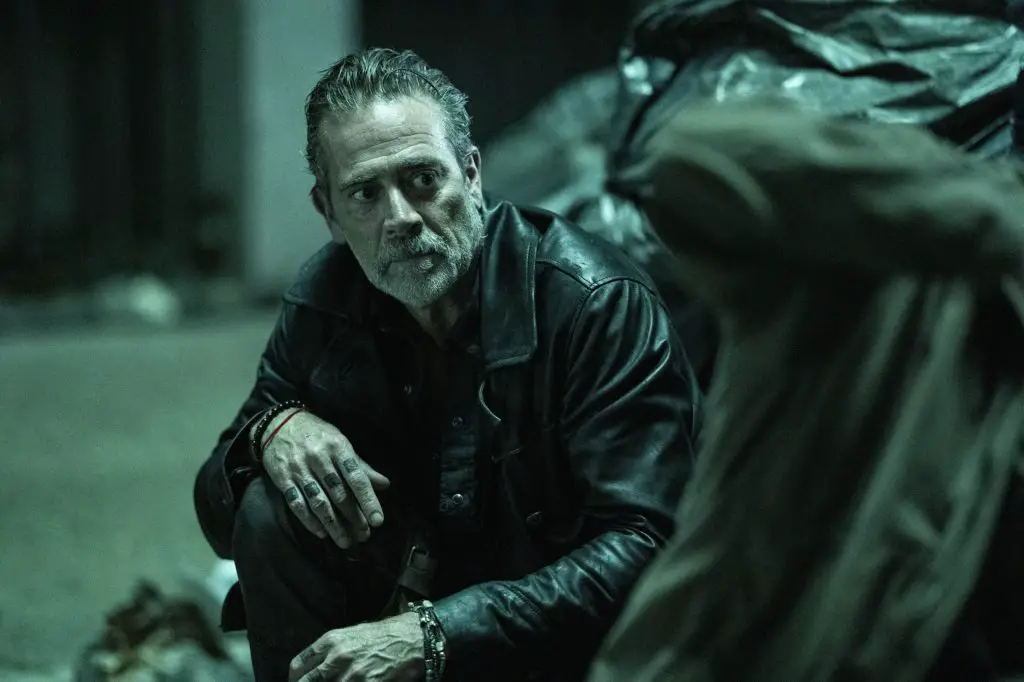
“The Walking Dead: Dead City” had moments of sheer brilliance. Certain sequences, like the boxing ring set piece, will undoubtedly be remembered as franchise highlights. Yet, as the season evolved, the narrative lost its footing, echoing issues that plagued its predecessor. The finale, although not entirely flawed, chose to focus on future plotlines, sidelining the rich character arcs it had so painstakingly built. The hope now rests on Season 2 to steer Dead City back to its initial promise.


